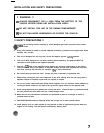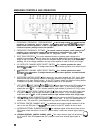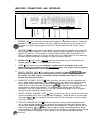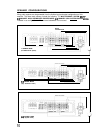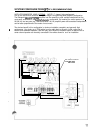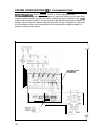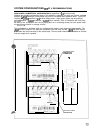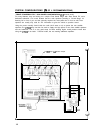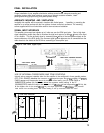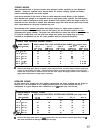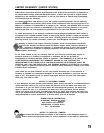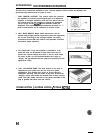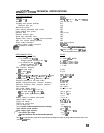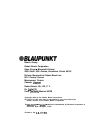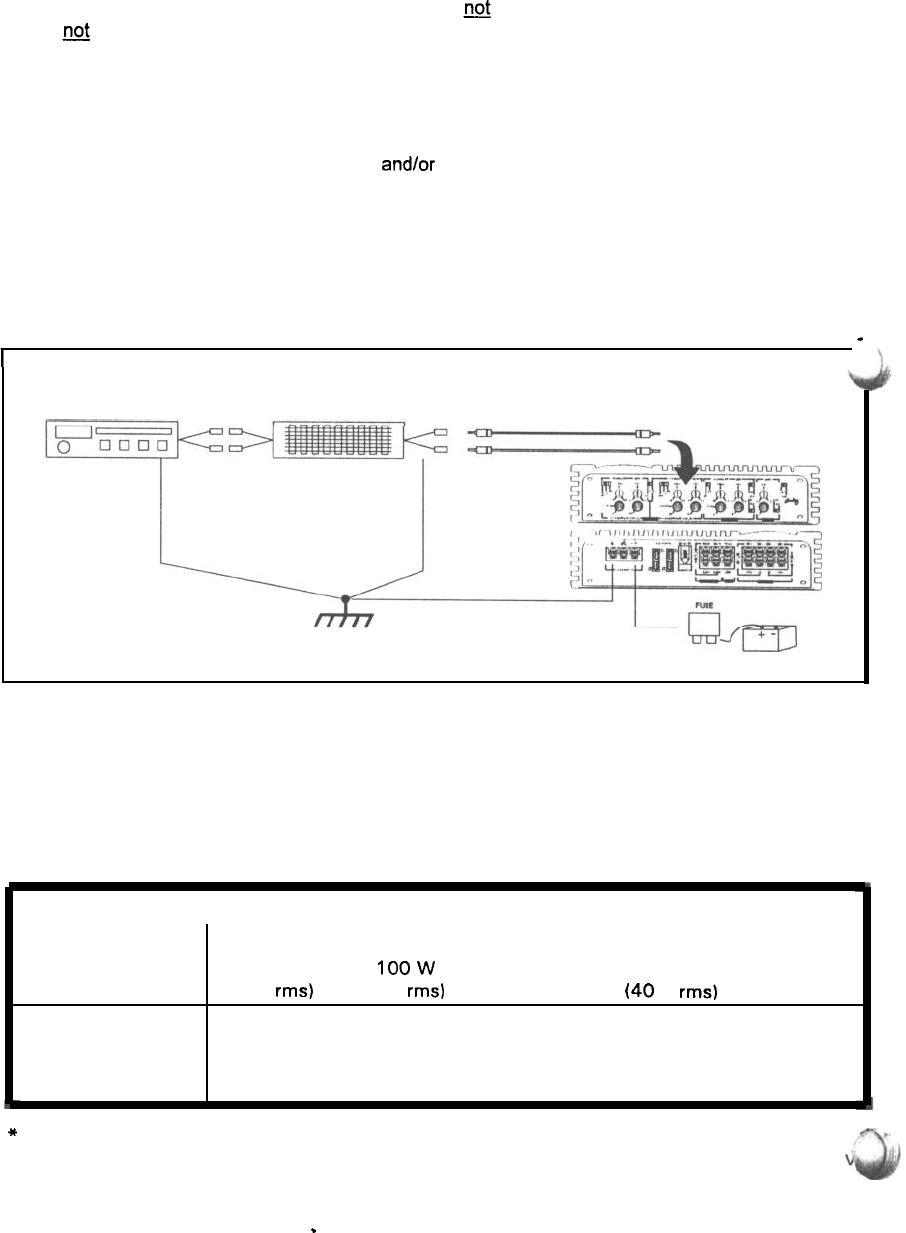
“CLEAN” POWER AND GROUND
Unfortunately, the number of electronic devices in the car has grown such that care must be taken to
properly install the power and ground connections of the amplifier in order to prevent overloading the
charging system of the vehicle or interjecting noise. Currents are high enough that a dedicated power
line should be run directly to the battery of the car, but not to the vehicle’s alternator output. This line
should
noJ
be run to a fuse on the factory fuse panel of the car but directly to the battery with its own
fuse immediately at the battery. The ground terminal of the amplifier should be terminated at the
other end to a clean metal on the chassis of the car.
Noise can enter over the battery power line, power ground, or most commonly over the RCA signal
input lines. The amplifier has very high rejection to noise coming in over the heavy power line so most
noise intrusion is via the ground connections and/or RCA input leads. Although this amplifier has
Differential Inputs at the RCA leads, noise can still enter the shields of the RCA cables if these are run
near noise producing objects such as engine or braking system computers. More common is
alternator whine generated from ground point voltage differences due to component connections
throughout the vehicle (voltage ground loops). The best installation design to prevent this condition is
done using a “star” grounding scheme (shown below) to ensure a common ground point for all stereo
components.
_
I
Radio
Equalizer (Optional)
RCA LEADS
“Star” Ground
PROPER FUSING
This unit will operate over a range of 1 O-l 8 volts DC. A high current fuse should be installed in-line
with the amplifier(s) immediately at the battery to prevent vehicle damage should the battery line be
inadvertently shorted to the vehicle chassis. The chart below shows recommended master fuse
sizes for an average audio system with the noted audio power levels.
FUSING CHART*
FUSE SIZE FOR TOTAL SYSTEM AUDIO POWER (max output level)
50 w
IOOW
200 w
500 w 1000 w
(4 A rms) (8 A rms)
(16 A rms) (40 A rms) (80 A rms)
FUSE SIZE 15
20 30 50
100
tin Amperes)
*
Standard fuse sizes commonly used in the automotive world today. Fuse size should exceed the maximum current
draw expected to accommodate music transients. (Current draw above reflects a minimum system voltage of 12.6
dc at the amplifier with current values for maximum current draw with music signals.)
.
16



